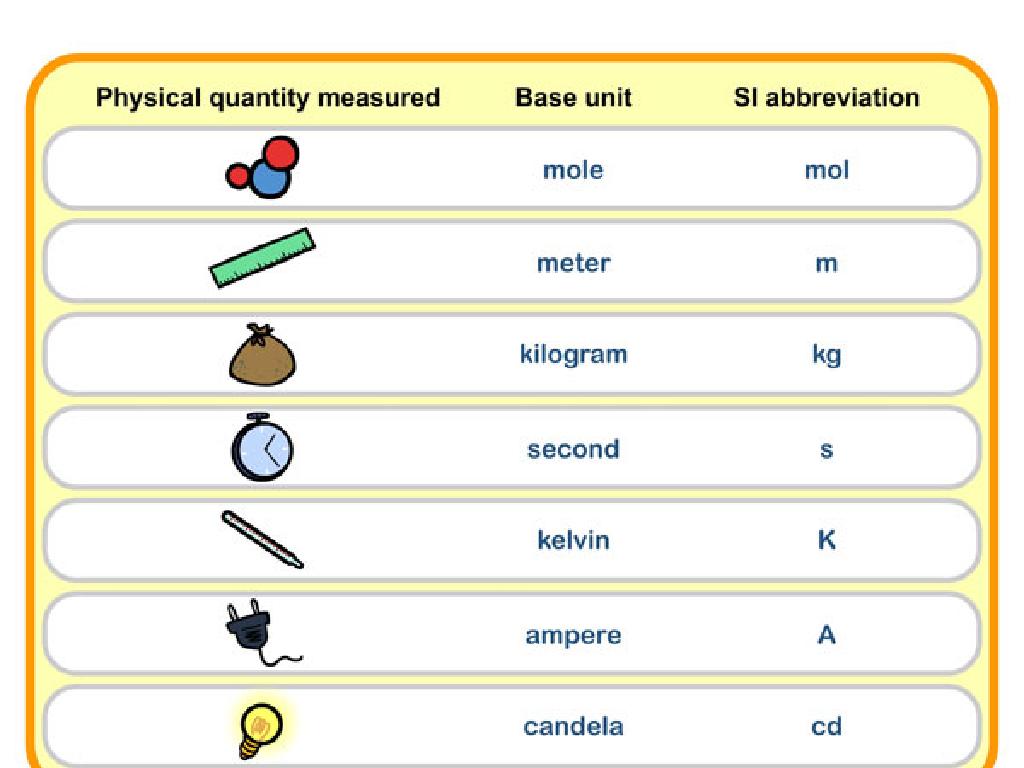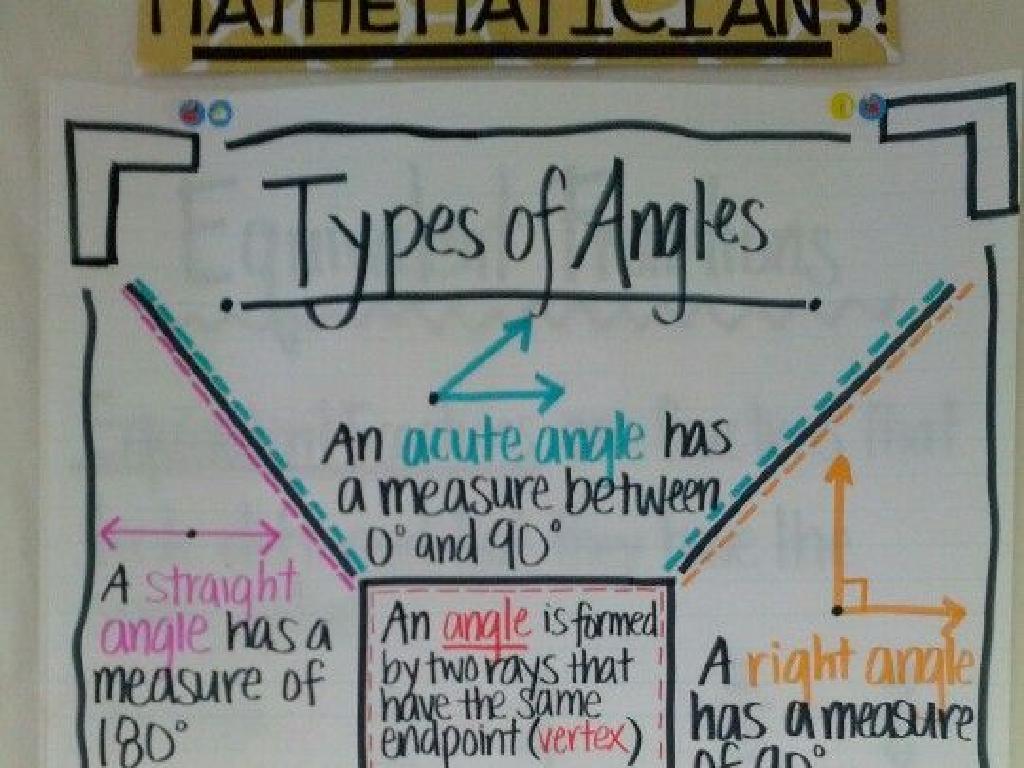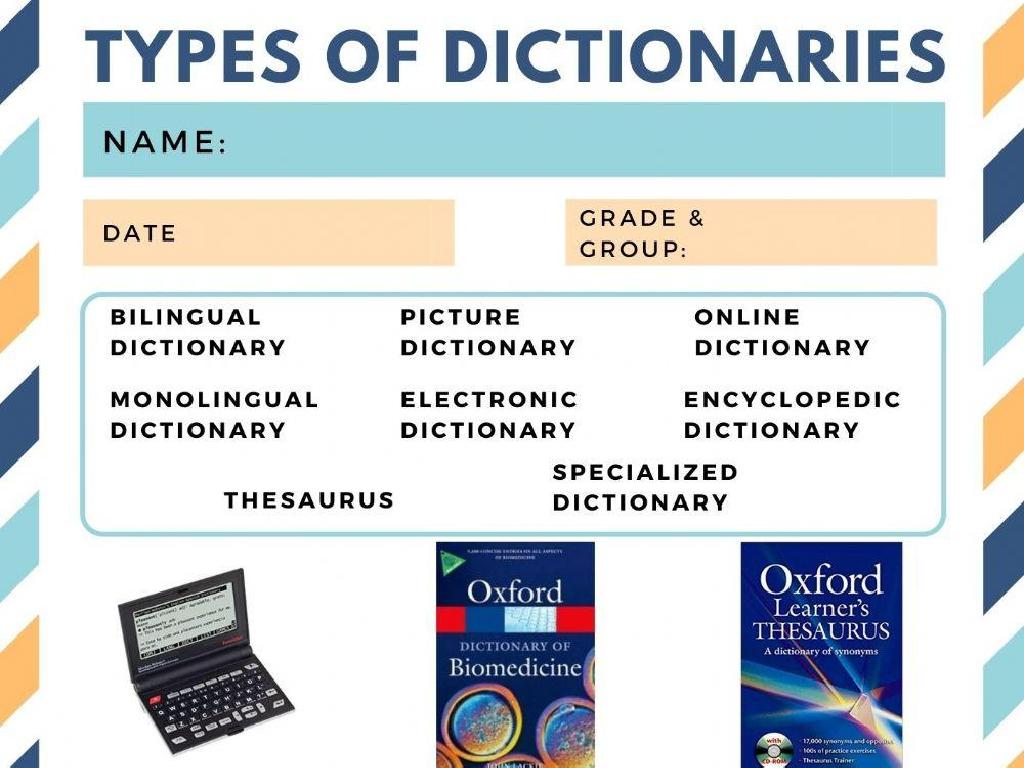Identify Possessive Pronouns
Subject: Language arts
Grade: Third grade
Topic: Pronouns
Please LOG IN to download the presentation. Access is available to registered users only.
View More Content
Today’s Adventure: Possessive Pronouns!
– What are possessive pronouns?
Words that show who something belongs to, like ‘his’ or ‘her’.
– Why use possessive pronouns?
To not repeat the same nouns over and over and make sentences smoother.
– Examples of possessive pronouns
Examples: ‘mine’, ‘yours’, ‘ours’. They replace nouns to show ownership.
– Practice identifying them
|
This slide introduces possessive pronouns to third-grade students, explaining their function and importance in language. Start by defining possessive pronouns as words that help us show ownership without repeating the owner’s name. Emphasize their use in making sentences clearer and less repetitive. Provide relatable examples such as ‘The bicycle is mine’ instead of ‘The bicycle is Tim’s.’ After explaining, engage the students with an activity where they identify possessive pronouns in sentences from a familiar story or their favorite book. This will help them understand the concept in a fun and interactive way.
Possessive Pronouns: Showing Ownership
– What’s a possessive pronoun?
– It’s a word that tells who something belongs to
– They show who owns something
– Like saying ‘that pencil is hers’ instead of ‘that pencil is Sarah’s’
– They take the place of nouns
– Instead of repeating ‘the cat of Mary’, we say ‘her cat’
– Examples: ‘mine’, ‘yours’, ‘ours’
– ‘Mine’ for me, ‘yours’ for you, ‘ours’ for us together
|
This slide introduces possessive pronouns to third-grade students, explaining their use as words that show ownership and how they can replace nouns to indicate to whom something belongs. Use examples that are relatable to the students, such as items in a classroom or personal belongings. Emphasize the pronouns ‘mine’, ‘yours’, ‘his’, ‘hers’, ‘ours’, and ‘theirs’ with examples for each. Encourage students to create sentences using possessive pronouns to demonstrate understanding. The goal is for students to recognize and use possessive pronouns correctly in their writing and speech.
Possessive Pronouns vs. Contractions
– Possessive pronouns show ownership
– ‘its’ vs. ‘it’s’: Know the difference
– ‘its’ shows belonging, ‘it’s’ means ‘it is’ or ‘it has’
– Possessive pronouns never have apostrophes
– Practice: Find possessive pronouns in sentences
– Look for words that show who owns something without an apostrophe
|
This slide aims to clarify the difference between possessive pronouns and contractions, which is a common area of confusion for third graders. Emphasize that possessive pronouns are used to show that something belongs to someone or something, like ‘mine,’ ‘yours,’ ‘his,’ ‘hers,’ ‘its,’ ‘ours,’ and ‘theirs.’ Highlight that contractions, such as ‘it’s,’ combine two words into one and always include an apostrophe. Provide examples and practice sentences to help students identify possessive pronouns. Remind them that possessive pronouns never contain apostrophes, which is a key distinction from contractions.
Using Possessive Pronouns
– Replacing nouns with possessive pronouns
– Possessive pronouns show who owns something
– Example: ‘The bicycle is his’
– ‘The bicycle belongs to Mark’ changes to ‘The bicycle is his’
– Practice changing sentences
– We’ll do fun exercises together in class
– Understanding ownership
– Words like ‘his’, ‘her’, ‘their’ tell us who something belongs to
|
This slide is aimed at helping third-grade students understand how to use possessive pronouns to show ownership. Start by explaining that possessive pronouns are used to replace nouns to tell us who owns something. Use clear examples like ‘The bicycle belongs to Mark’ and show how it can be replaced with ‘The bicycle is his’ to simplify sentences and avoid repetition. During class, engage students with interactive activities where they can practice changing sentences to include possessive pronouns. This will help them grasp the concept of ownership in grammar. Make sure to provide a variety of examples and encourage students to come up with their own sentences to share with the class.
Your Turn: Possessive Pronouns!
– I’ll give sentences to complete
– Choose the right possessive pronoun
– Words like ‘his’, ‘her’, ‘their’ show who something belongs to
– Work with a partner on this
– Two heads are better than one! Help each other out.
– Share your answers with the class
|
This activity is designed to reinforce the concept of possessive pronouns in a collaborative and interactive way. Provide students with sentences that have missing possessive pronouns and ask them to work in pairs to fill in the blanks. Possessive pronouns include ‘my’, ‘your’, ‘his’, ‘her’, ‘its’, ‘our’, ‘their’. Encourage students to discuss why they think their answer is correct, fostering a deeper understanding through peer learning. After the activity, have a few pairs share their sentences and answers with the class to ensure comprehension and correct usage. This will also give you an opportunity to correct any misunderstandings in real-time.
Possessive Pronoun Game
– Let’s play a possessive pronoun game!
– Roll the dice to move your piece
– Complete the possessive pronoun challenge
– Fill in the blanks with ‘my’, ‘your’, ‘his’, ‘her’, ‘its’, ‘our’, ‘their’
– Stay on the space if you get it right
|
This interactive game is designed to help students practice possessive pronouns in a fun and engaging way. Set up a game board with spaces that each have a possessive pronoun challenge, such as sentences with missing possessive pronouns. Students will roll a dice to move their piece along the board. When they land on a space, they must complete the challenge by correctly filling in the blank with a possessive pronoun. If they answer correctly, they can stay on the space; if not, they move back. Possible challenges include: ‘This is __ (my/your) book.’ ‘The cat licked __ (its/her) paws.’ ‘They brought __ (their/our) lunch to school.’ This activity encourages students to think on their feet and apply their knowledge of possessive pronouns.
Class Activity: Possessive Pronoun Hunt
– Find objects around the classroom
– Write sentences with possessive pronouns
– Use ‘my’, ‘your’, ‘his’, ‘her’, ‘its’, ‘our’, ‘their’
– Show who owns each object
– We’ll review the sentences together
|
This activity is designed to help students practice identifying and using possessive pronouns in a fun and interactive way. Have the students walk around the classroom and pick out various objects. Then, instruct them to write sentences on a piece of paper, using possessive pronouns to indicate who the objects belong to. For example, ‘This is her pencil,’ or ‘That is their book.’ After the activity, gather the students and review the sentences they have created, correcting any mistakes and praising correct usage. This will reinforce the concept of possessive pronouns and provide a practical application of the lesson. Possible variations of the activity could include working in pairs, using objects from a story, or even bringing in items from home.
Possessive Pronouns: Conclusion & Review
– Recap on possessive pronouns
– Pronouns that show ownership, like ‘my’, ‘your’, ‘his’, ‘her’
– Importance of possessive pronouns
– They make sentences clear by showing who owns something
– Examples of possessive pronouns
– ‘My’ toy, ‘your’ book, ‘his’ pencil, ‘her’ notebook
– Reflect on daily use
|
As we wrap up, let’s review what we’ve learned about possessive pronouns. These pronouns help us express ownership and make our sentences clear without repeating the owner’s name. Understanding and using possessive pronouns correctly is crucial for effective communication. Ask students to think about and share examples of possessive pronouns they’ve used today, which will help reinforce their learning and show the practical use of possessive pronouns in everyday language. Encourage them to listen for possessive pronouns in conversations and read aloud sessions.






